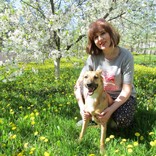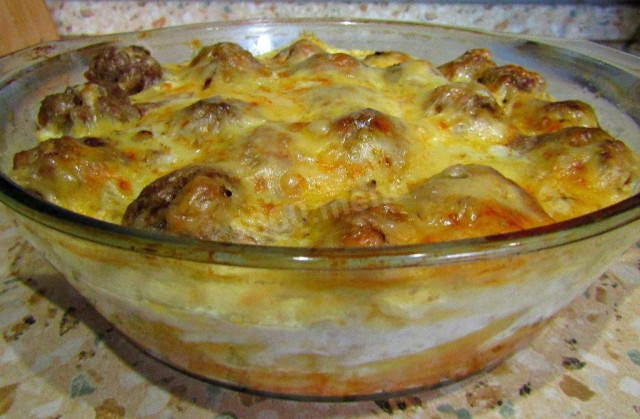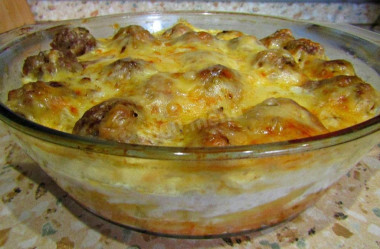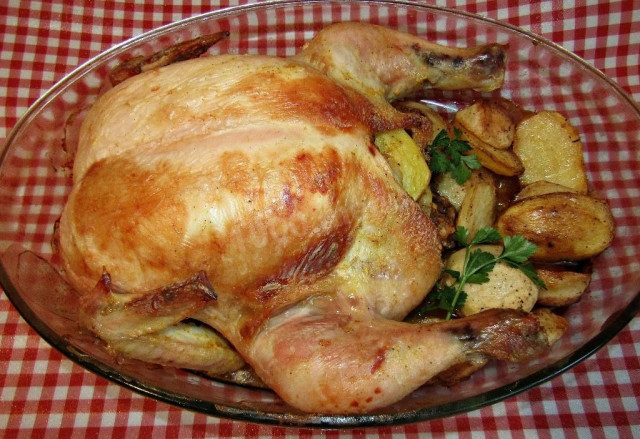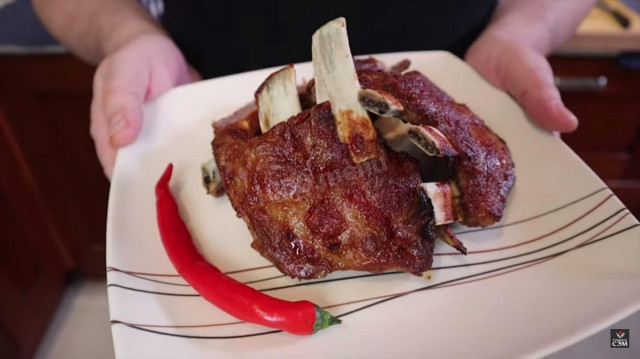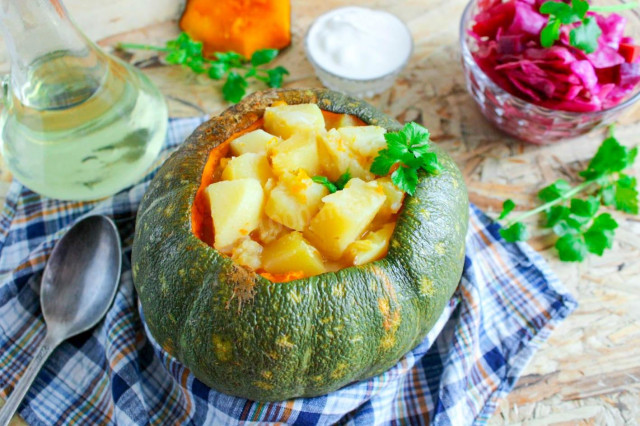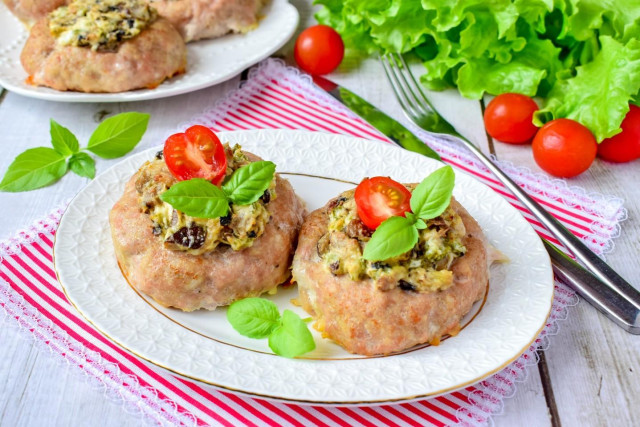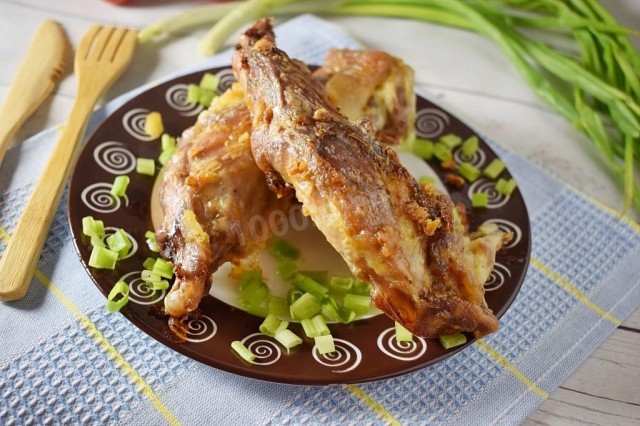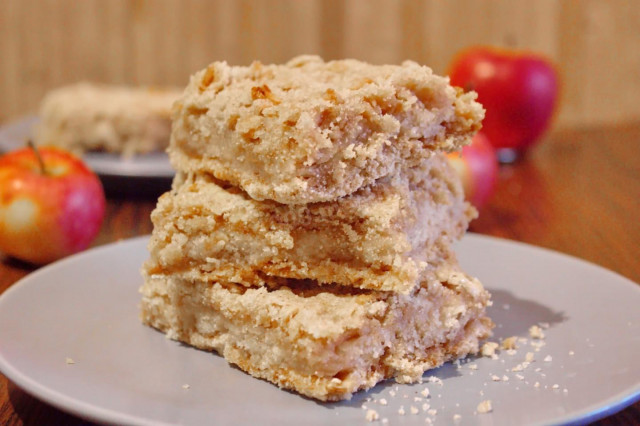Composition / ingredients
Step-by-step cooking
Step 1:
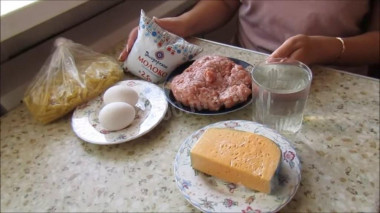
Prepare all the ingredients. Pasta is better to take hard varieties, milk can be taken of any fat content.
Step 2:
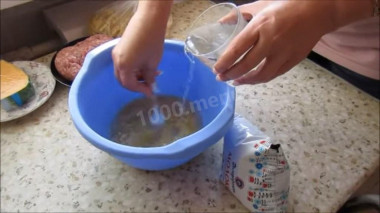
Add salt to the eggs and shake with a whisk or fork. Add water and milk and shake again, set aside the finished filling for a while.
Step 3:
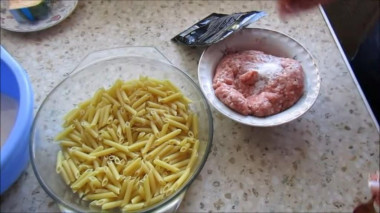
Add salt and pepper to taste and mix well. Grate the cheese on a coarse grater. Take a glass or ceramic heat-resistant mold, preferably with a lid.
Step 4:
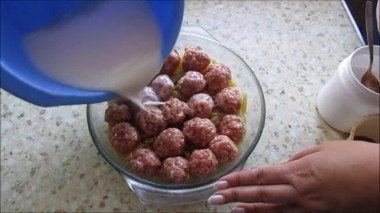
Grease the bottom of the mold with vegetable oil and pour out all the pasta. From the finished minced meat, form meatballs and place them in any order on top of the pasta. Pour the filling over everything and sprinkle with cheese grated on a coarse grater.
Step 5:
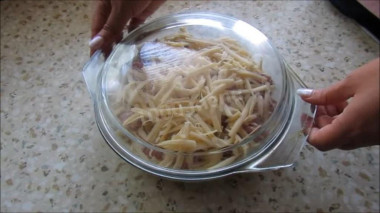
Cover the top with a lid, if there is no lid, the mold can be covered with foil. Send the dish to a preheated 200 degree oven for 40 minutes. After a while, remove the lid, and bake the pasta with meat meatballs for another 15 minutes until golden brown.
Step 6:
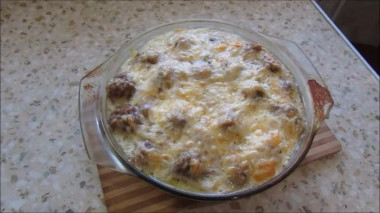
The dish turns out delicious and tender, and most importantly, while baking dinner in the oven, you can do a lot of other things! Pasta with meat meatballs is ready! We put the hot dish on plates and serve it to the table. Enjoy your meal!
Durum wheat pasta is increasingly appearing on the shelves of our supermarkets. They are noticeably more expensive than regular pasta, so it is unclear whether you need to spend extra money and buy this product. In fact, such pasta is much healthier than usual. In Italy, only the product that is made from hard varieties can be called pasta. Everything else is pasta. There is no such rule in Russia. The product from hard varieties is classified according to GOST to group A, and from soft varieties – to group B. Unlike regular pasta, those made from hard varieties will not be deposited on the hips and sides. Nutritionists often include them in the diets of their wards. I advise you to cook this delicious and healthy dish of pasta of hard varieties.
Caloric content of the products possible in the composition of the dish
- Whole cow's milk - 68 kcal/100g
- Milk 3.5% fat content - 64 kcal/100g
- Milk 3.2% fat content - 60 kcal/100g
- Milk 1.5% fat content - 47 kcal/100g
- Concentrated milk 7.5% fat content - 140 kcal/100g
- Milk 2.5% fat content - 54 kcal/100g
- Chicken egg - 157 kcal/100g
- Egg white - 45 kcal/100g
- Egg powder - 542 kcal/100g
- Egg yolk - 352 kcal/100g
- Ostrich egg - 118 kcal/100g
- Pasta, premium grade, fortified - 337 kcal/100g
- Pasta, premium, dairy - 309 kcal/100g
- Pasta, premium grade, egg - 342 kcal/100g
- Pasta made from flour of the 1st grade - 333 kcal/100g
- Pasta made of flour in / with - 338 kcal/100g
- Boiled pasta - 135 kcal/100g
- Pasta - 338 kcal/100g
- Dutch cheese - 352 kcal/100g
- Swiss cheese - 335 kcal/100g
- Russian cheese - 366 kcal/100g
- Kostroma cheese - 345 kcal/100g
- Yaroslavsky cheese - 361 kcal/100g
- Altai cheese 50% fat content - 356 kcal/100g
- Soviet cheese - 400 kcal/100g
- Cheese "steppe" - 362 kcal/100g
- Cheese "uglichsky" - 347 kcal/100g
- Poshekhonsky cheese - 350 kcal/100g
- Lambert cheese - 377 kcal/100g
- Appnzeller cheese with 50% fat content - 400 kcal/100g
- Chester cheese with 50% fat content - 363 kcal/100g
- Edamer cheese with 40% fat content - 340 kcal/100g
- Cheese with mushrooms of 50 % fat content - 395 kcal/100g
- Emmental cheese with 45% fat content - 420 kcal/100g
- Gouda cheese with 45% fat content - 356 kcal/100g
- Aiadeus cheese - 364 kcal/100g
- Dom blanc cheese (semi-hard) - 360 kcal/100g
- Lo spalmino cheese - 61 kcal/100g
- Cheese "etorki" (sheep, hard) - 401 kcal/100g
- White cheese - 100 kcal/100g
- Fat yellow cheese - 260 kcal/100g
- Altai cheese - 355 kcal/100g
- Kaunas cheese - 355 kcal/100g
- Latvian cheese - 316 kcal/100g
- Limburger cheese - 327 kcal/100g
- Lithuanian cheese - 250 kcal/100g
- Lake cheese - 350 kcal/100g
- Gruyere cheese - 396 kcal/100g
- Ground black pepper - 255 kcal/100g
- Mixed minced meat - 351 kcal/100g
- Vegetable oil - 873 kcal/100g
- Salt - 0 kcal/100g
- Water - 0 kcal/100g
